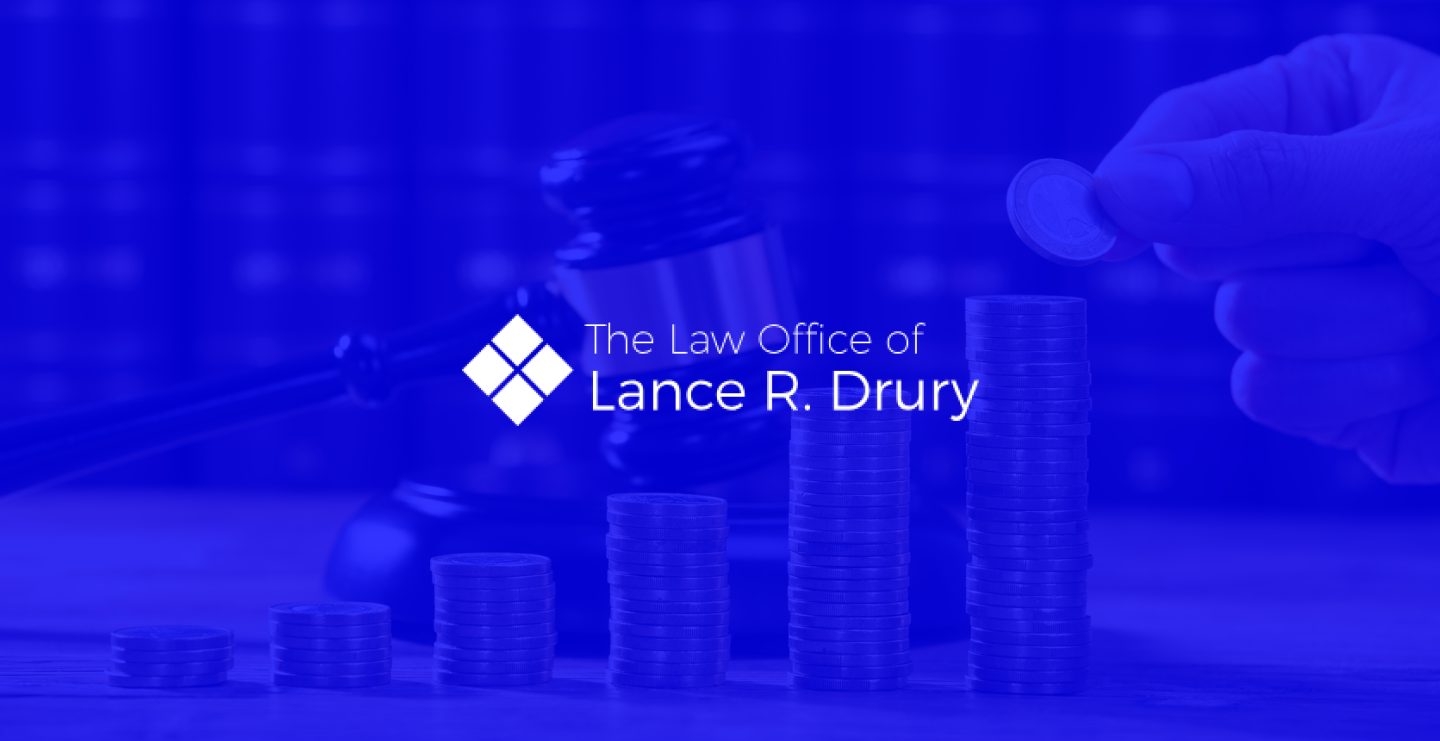Don’t do it. This happens to be one of the most common mistakes many business owners make today. In an attempt to get away with not paying payroll taxes they intentionally misclassify certain people who do work for their businesses as independent contractors. Be very careful before deciding who is and who is not an independent contractor. It could cost you tens of thousands of dollars or more in heavy penalties, fines and back taxes owed to the IRS. The IRS does not like to lose money. So when they see independent contractors, it is like an open invitation to initiate an audit.
20-Factor Analysis and Safe-Haven Rule
Before determining whether your workers will be classified as employees or independent contractors, make it your business to get a copy of the IRS 20-factor analysis to help in making your decision. Also, look into the safe-haven rule. This rule establishes that an employee who has consistently not been treated as an employee during any period of time after 1977, will not be reclassified as an employee if, you, the employer has filled all required federal tax returns, including information returns (Forms 1099-MISC), and if you had a reasonable basis for not treating the individual as an employee.
As tempting as it may be to avoid paying payroll taxes, the consequences of getting audited by the IRS and found guilty simply isn’t worth it. If you find yourself being audited by the IRS for misclassification of employees and independent contractors, the IRS must provide you with a copy of the 20-Factor Analysis as well as the Safe-Haven Rule. Do not try to resolve the issues on your own. Take action immediately. Seek the services of the best tax resolution attorney in your area.

 Call Us Now
Call Us Now Email Us Now
Email Us Now

